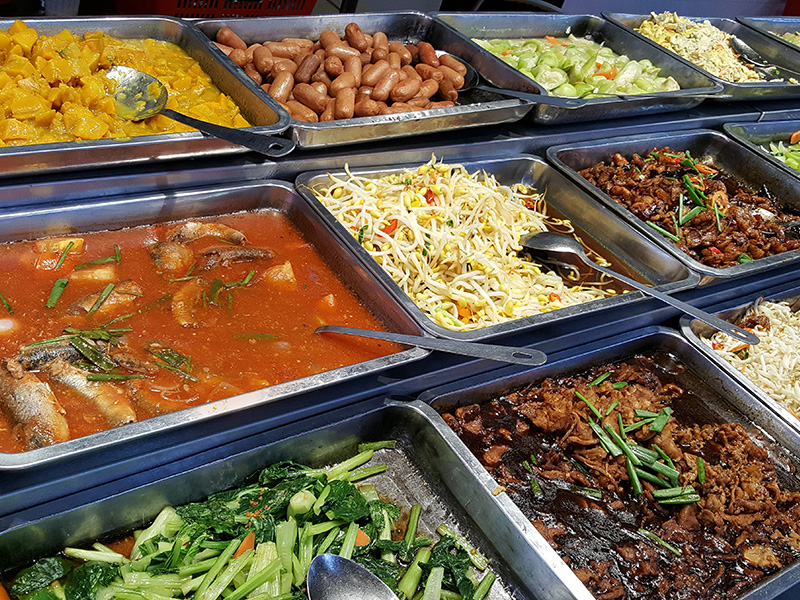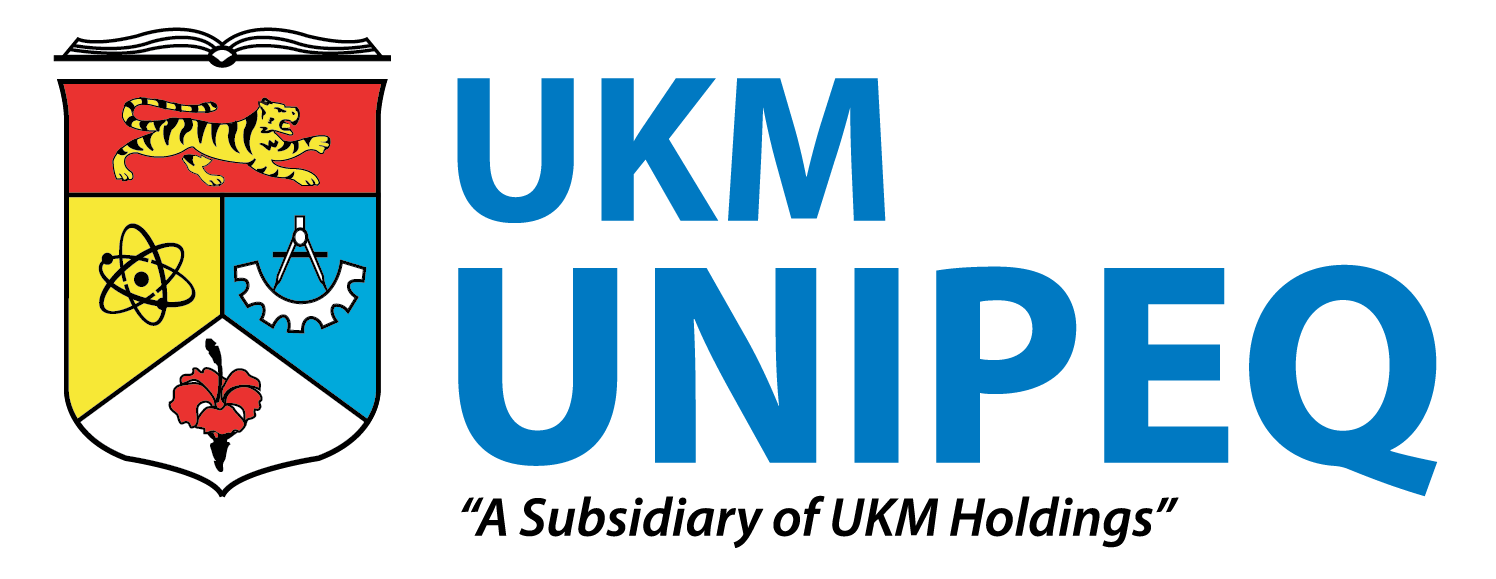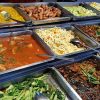
Navigating the intricate culinary tapestry of Malaysia, with its fusion of tastes, requires a strong understanding of food safety. As the importance of food protection becomes more evident, ensuring that one is adequately prepared for a Food Protection Course is vital. Here’s an essential checklist to guide prospective attendees in the Malaysian context.
Course Accreditation & Recognition
- Regulatory Approval: Ensure the course is recognized by Malaysian authorities, such as the Ministry of Health Malaysia (MOH).
- International Standards: While focusing on Malaysian context, understanding how it aligns with global food safety standards can be beneficial.
Curriculum Content
- Local Food Practices: The course should cover unique Malaysian food handling and preservation methods.
- Microbial Hazards: A focus on common pathogens in Malaysia and preventive measures.
- Regulatory Framework: An overview of Malaysia’s food safety regulations and guidelines.
Hands-on Training
- Practical Demonstrations: Does the course offer hands-on experience, especially concerning local cooking methods?
- Facility Tours: Visits to local food processing units or restaurants can provide real-world insights.
Instructors’ Credentials
- Local Experience: Instructors should be familiar with the Malaysian food industry’s nuances.
- Qualifications: Ensure they have relevant certifications and experience in food safety.
Course Materials & Resources
- Up-to-date Content: The materials should reflect current food safety standards and practices in Malaysia.
- Language: Given Malaysia’s multilingual nature, ensure materials are available in languages you’re comfortable with, such as Bahasa Malaysia, English, or Chinese.
Assessment & Certification
• Examination Process: Understand the assessment methods – written tests, practical evaluations, etc.
• Certification Validity: Ensure the certification is valid for a considerable period and is recognized by local food businesses and authorities.
Feedback & Reviews
- Past Participants: Look for testimonials or reviews from Malaysians who’ve undertaken the course.
- Course Effectiveness: Gauge the course’s success rate and its impact on participants’ food handling practices.
Logistics & Accessibility
- Venue Location: If it’s an in-person course, is it easily accessible, especially considering Malaysia’s traffic conditions?
- Online Options: Given the rise of digital learning, see if they offer comprehensive online modules.
Continuous Learning Opportunities
- Advanced Modules: Check if the institution offers advanced courses for further learning.
- Workshops & Seminars: Periodic events to update attendees on the latest food safety developments in Malaysia.
Conclusion
In the heart of Malaysia, where food is both a passion and a heritage, understanding its protection is crucial. This checklist serves as a foundation for ensuring that your Food Protection Course not only educates but also empowers you to uphold the highest standards of food safety in the Malaysian context.




